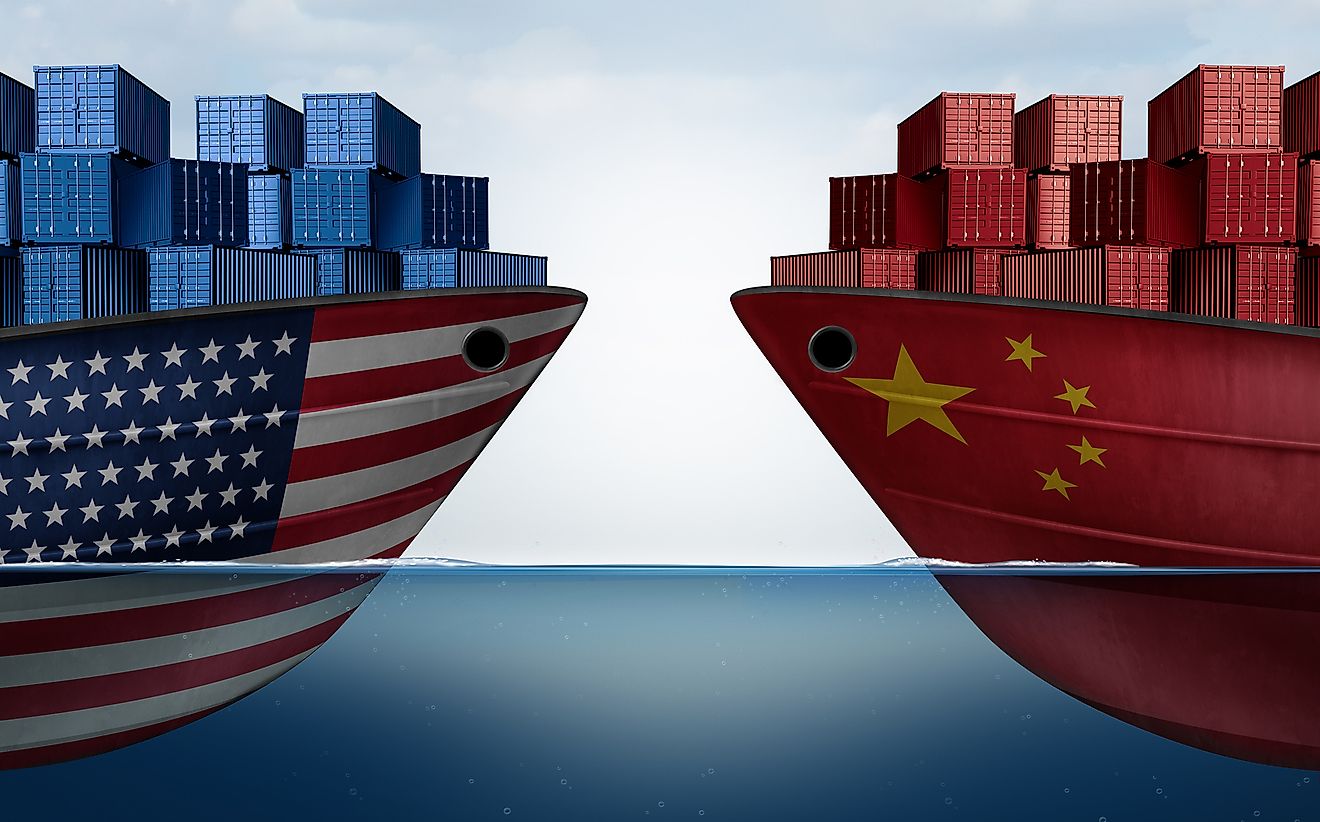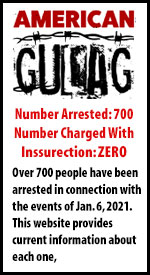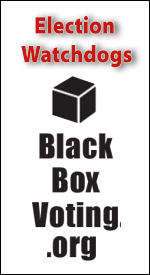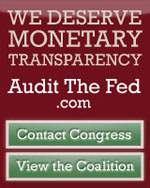7 Takeaways From Trump’s Reciprocal Tariff Roll Out
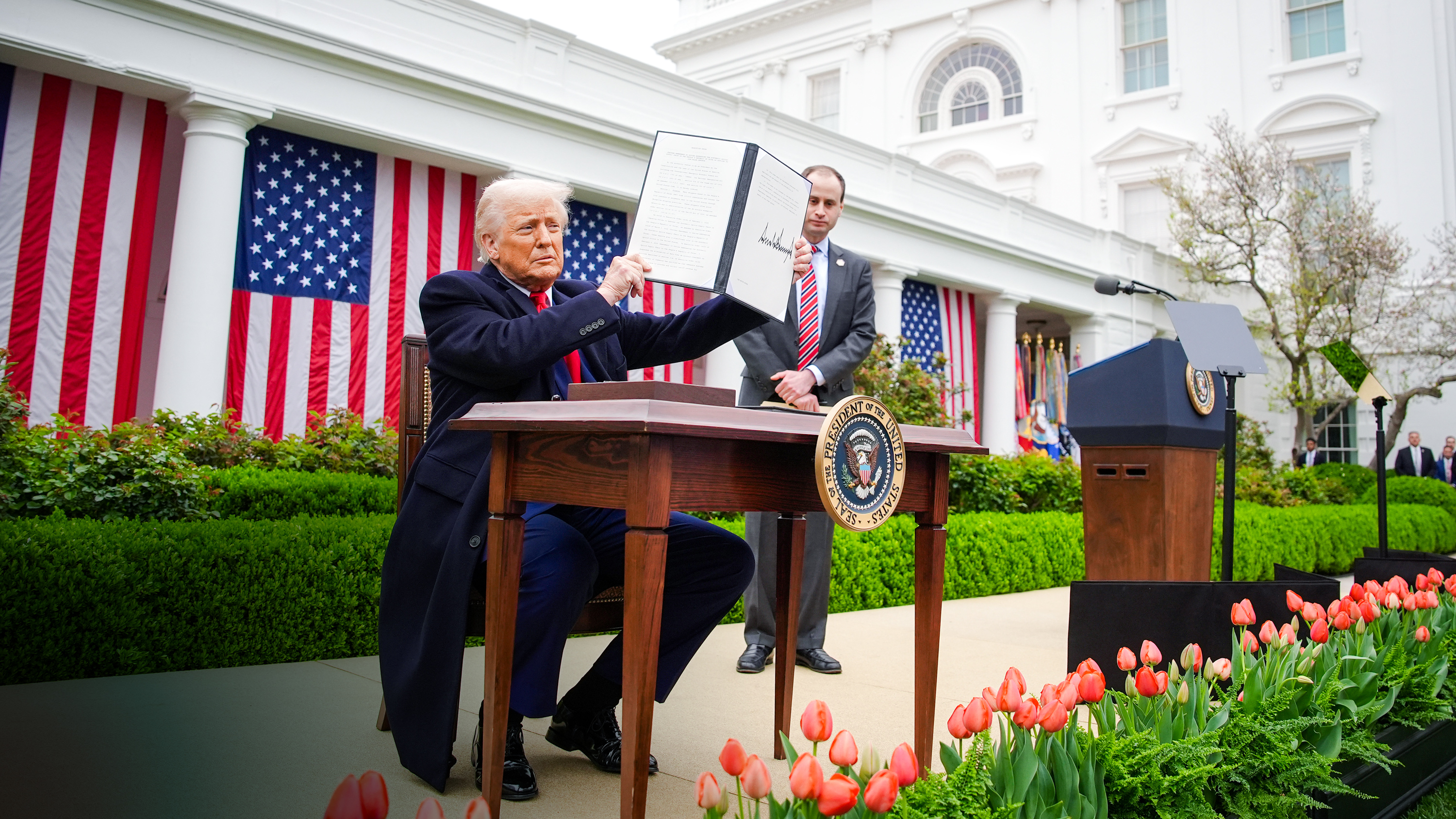
The president launched a new chapter in U.S. trade, imposing a 10 percent universal
tariff on trading partners and higher reciprocal levies on some.
Just 72 days after taking office, President Donald Trump announced on April 2 sweeping trade policy changes, introducing what he called “reciprocal tariffs” for all countries and declaring it “Liberation Day in America.”
For decades, the United States has kept low trade barriers, promoting free trade agreements with minimal or zero tariffs—at least on its part. Those days are now over.
At a White House event, Trump presented a large chart outlining baseline and reciprocal tariff rates trading partners now face in attempts to balance their high trade barriers against U.S. goods. The rates include a flat 10 percent levy, along with additional rates tailored to match each nation’s trade barriers on America.











